Some supermarket pizzas have overtaken their restaurant equivalents in the amount of salt they contain, according to a survey by health campaigners.
Consensus Action on Salt & Health (CASH) found that since it carried out a similar survey two years ago, nearly 60% of pizzas either had the same or more levels of salt than they did before.
Nearly half of the pizzas surveyed (48% or 612 out of 1,267) contained more than 6g of salt, the daily limit recommended by the DH.
Sainsbury’s thin & crispy cheese & tomato pizza, it said, contained considerably more salt than it did two years ago (0.88g/100g in 2012 vs 1.3g/100g in 2014).
In 2012, CASH highlighted PizzaExpress as its restaurant pizzas were saltier than its pizzas sold in supermarkets. However, it said the values now appeared to be fairly similar to each other, while the salt content of their supermarket margherita and pepperoni pizzas had increased by as much as 0.3g/100g.
Meanwhile, CASH said some takeaway and prepared pizzas contained almost three times an adult’s recommended daily intake of salt, the same as eating seven Big Mac burgers.
Although pizzas sold in supermarkets tended to be healthier, some contained more than a day’s worth of salt, the study found.
Tesco’s Finest wood fired Italian meats contained 6.6g of salt; a Sainsbury’s Taste the Difference spiced Jamaican chicken hand stretched pizza contained 6.2g of salt, while a Taste the Difference BBQ pulled pork contained 6.1g or 1.18g per 100g.
Waitrose also exceeded the 6g limit with some of its ’Menu from Waitrose’ range.
“Most of us aren’t aware of how much salt we actually eat on a daily basis, and thus the danger we are putting ourselves in,” said Sonia Pombo, nutritionist at CASH.
“With three quarters of our salt intakes coming from processed foods such as pizza, how are any of us able to choose a healthier diet? We need the food industry to help us improve our diet, not to hide three times more salt than is recommended in a day in a single pizza.”







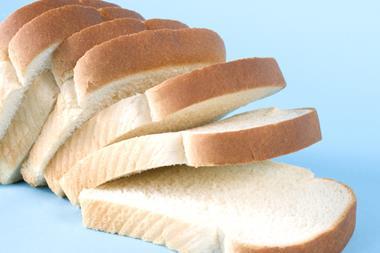
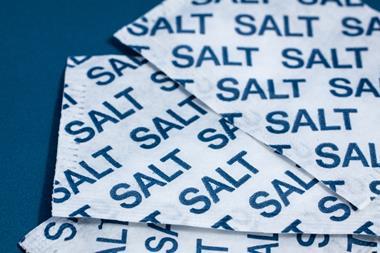

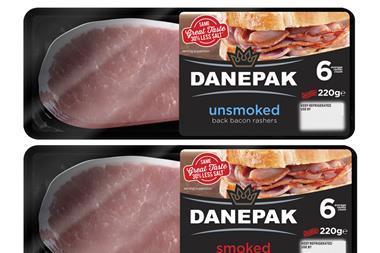
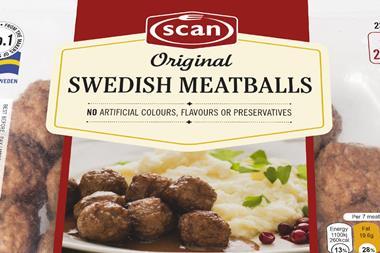
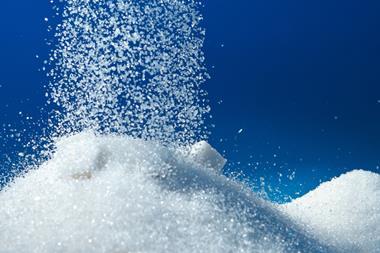






No comments yet